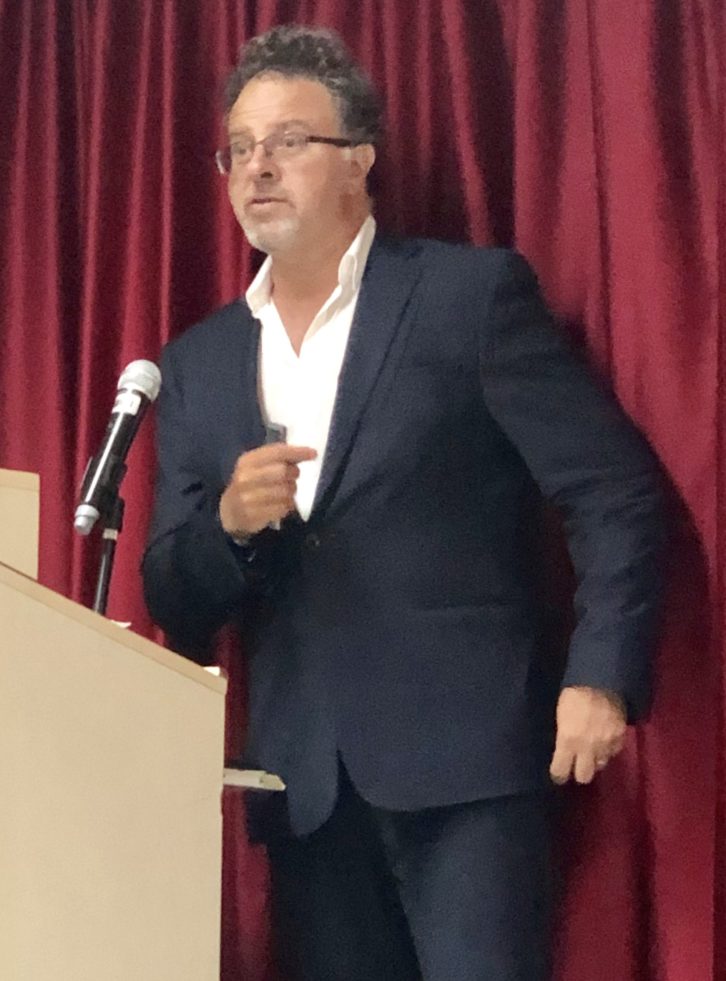
On Thursday, July 11, the Armenian Diaspora Research Center hosted Dr. Sebouh David Aslanian (UCLA Richard Hovannisian Endowed Chair in Modern Armenian History) to present a talk on the global Armenian trade network across the Indian Ocean of the 18th century.
In his opening words, Haigazian University graduate Yeghia Tashjian welcomed the audience and introduced Dr. Aslanian. He noted that Dr. Aslanian has published two books: From the Indian Ocean to the Mediterranean: The Global Trade Networks of Armenian Merchants from New Julfa (2011) and From Autonomous to Interactive Histories: World History’s Challenge to Armenian Studies (2018).
Through powerpoint presentation, Dr. Aslanian narrated the emergence and growth of a remarkable global Armenian trade network operated around Eurasia in the 17th and 18th centuries from Manila to Cadiz, in southern Spain and noted that the network had four ‘stations’ and all were centered at New Julfa. He discussed the reasons why the Julfa Armenians were transplanted into New Julfa and underlined the privileges they were granted from the Iranian rulers of the time.
Dr. Aslanian stated that these facts were all documented in the 3000 Armenian letters, which were found in the captured ship of Santa Catharina. Hardly one can exaggerate the linguistic, historical, socio-cultural value of these fascinating documents, which are a precious mine for researchers in humanities.
Dr. Aslanian drew the profile of this network and its members in terms of their trade code, their cultural features, their communication skills, their openness and the ability to reshape their identity and attire. They were considered agents that connected different parts of the world who lived in the 17th-18th centuries and thought globally without losing sight of their innermost core identity, which led to an Armenian cultural resurgence in India in tune with the innovative thoughts and technologies of the time.
After this breathtaking lecture, in response to questions raised Dr. Aslanian talked about the legacy of these traders, the power they had, the reasons for their discontinuity, and the pivotal role they played in the development of Armenian printing, and the establishment of Armenian educational centers.